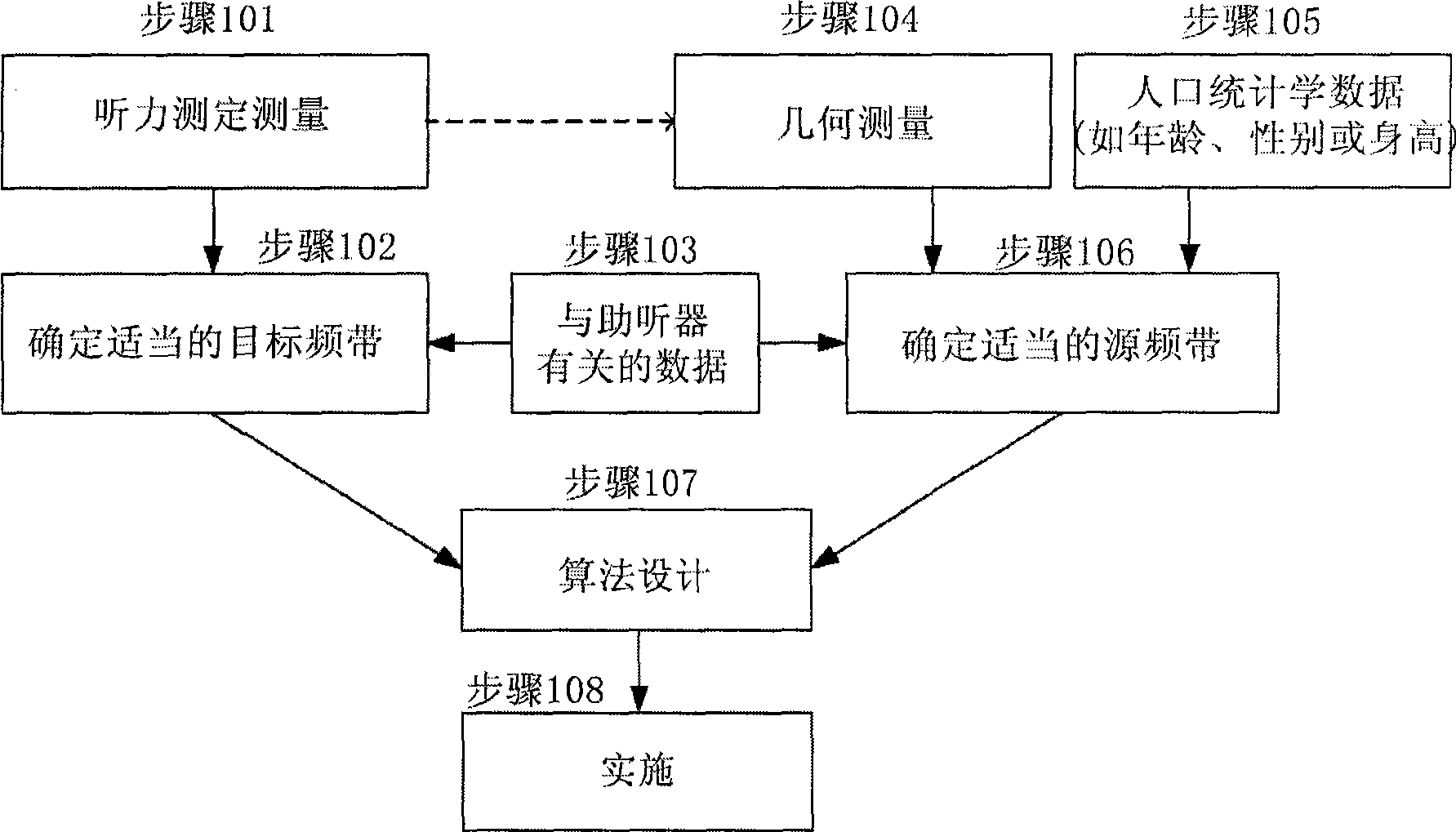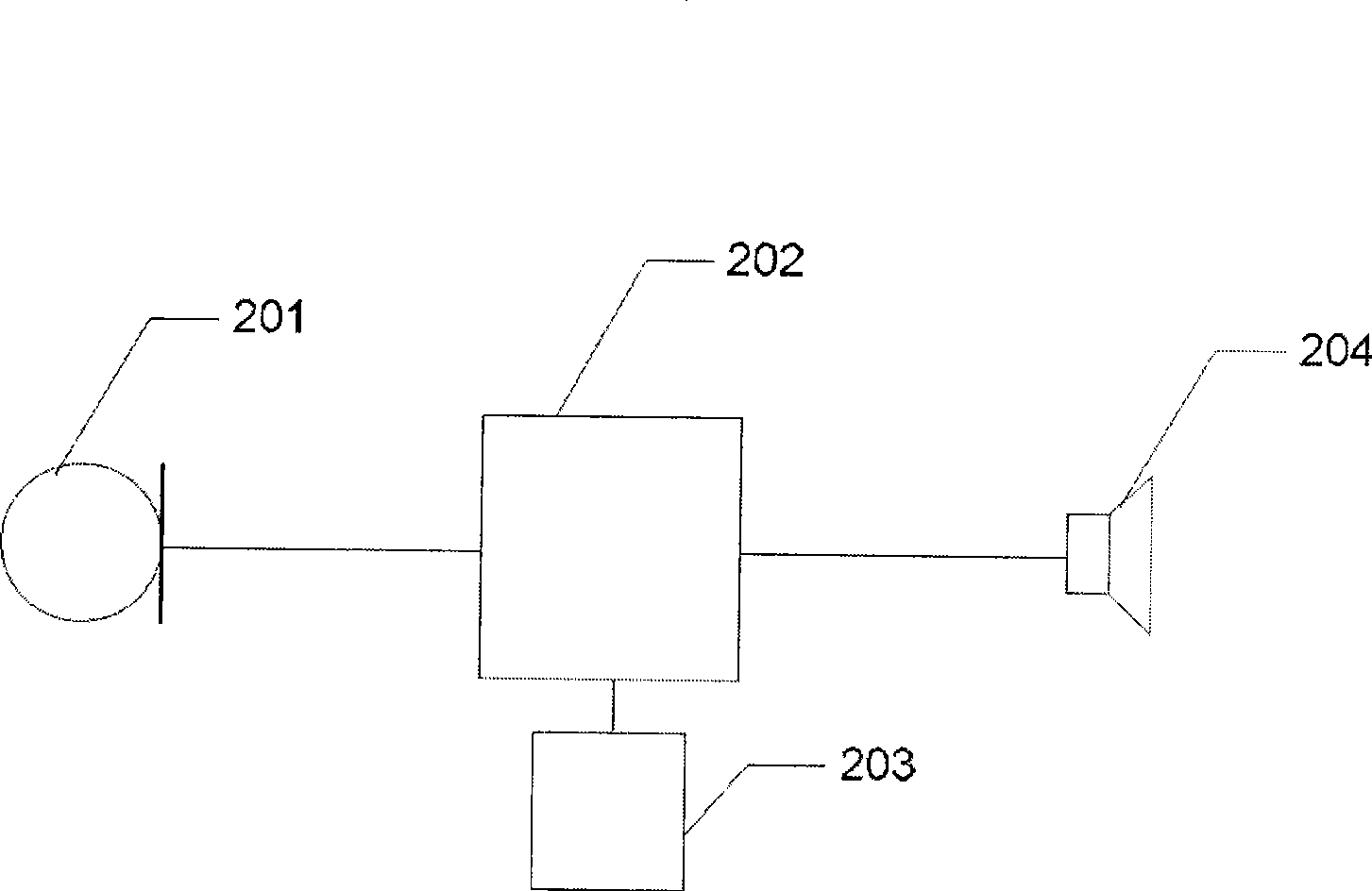Frequency transposition applications for improving spatial hearing abilities of subjects with high-frequency hearing losses
A main body and frequency shifting technology, applied in hearing aids, electrical components, etc., to achieve the effect of improving spatial hearing ability
- Summary
- Abstract
- Description
- Claims
- Application Information
AI Technical Summary
Problems solved by technology
Method used
Image
Examples
Embodiment Construction
[0052] The following description refers to the accompanying drawings, which show by way of illustrations how the invention may be practiced.
[0053] exist figure 1 The overall process of configuring and implementing a subject-dependent frequency shifting scheme is shown in . In an initial step 101, the subject's residual hearing sensitivity is determined by means of standard audiometric measurement procedures [eg see Arlinger, S. (1991), Manual of Practical Audiometry-Volume 2, London: Whurr Publishers Ltd.]. An estimate of hearing threshold is thus obtained which reveals the subject's configuration and degree of hearing loss. If fairly mild hearing loss is diagnosed, the subject should have sufficient residual frequency resolution to resolve good spectral cues [see eg Moore, B.C.J. (1998), Cochlear HearingLoss, London: Whurr Publishers Ltd.]. In contrast, if a more definite hearing loss is diagnosed, the subject's frequency resolution may be severely impaired. The results...
PUM
 Login to View More
Login to View More Abstract
Description
Claims
Application Information
 Login to View More
Login to View More - R&D
- Intellectual Property
- Life Sciences
- Materials
- Tech Scout
- Unparalleled Data Quality
- Higher Quality Content
- 60% Fewer Hallucinations
Browse by: Latest US Patents, China's latest patents, Technical Efficacy Thesaurus, Application Domain, Technology Topic, Popular Technical Reports.
© 2025 PatSnap. All rights reserved.Legal|Privacy policy|Modern Slavery Act Transparency Statement|Sitemap|About US| Contact US: help@patsnap.com


